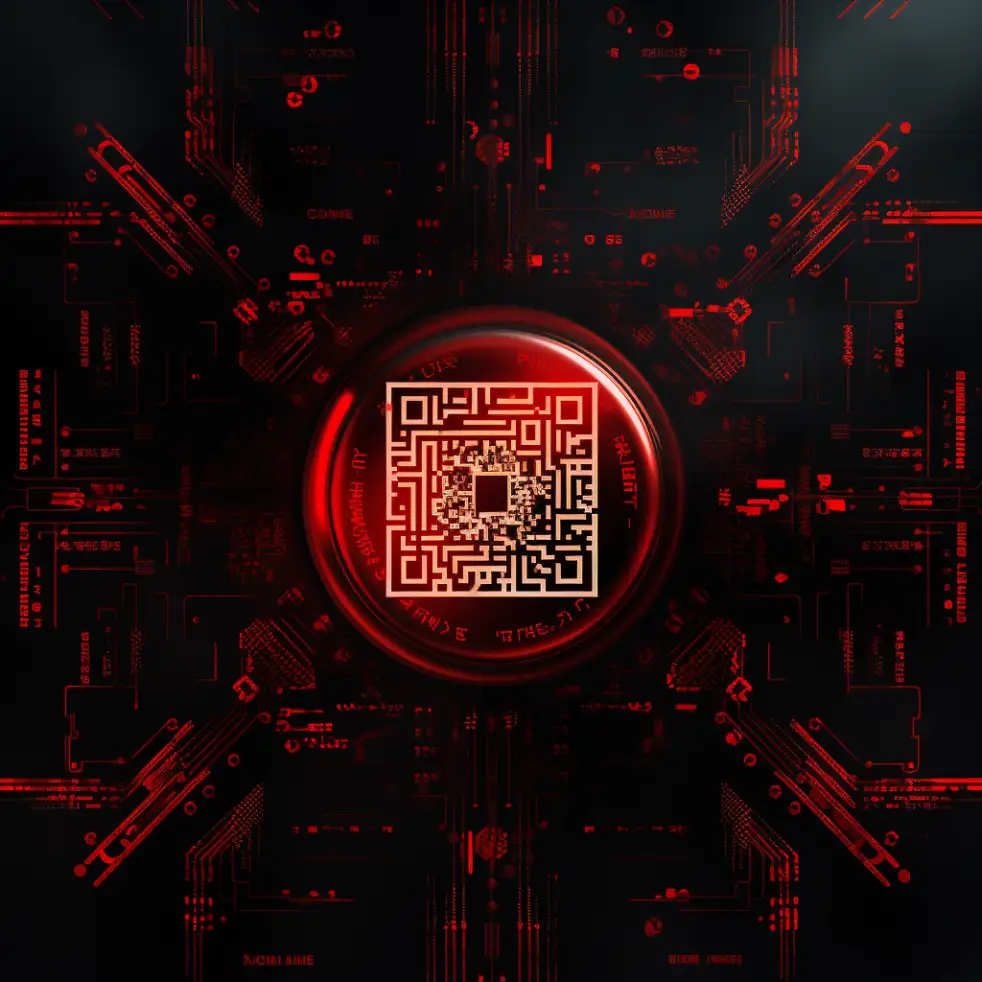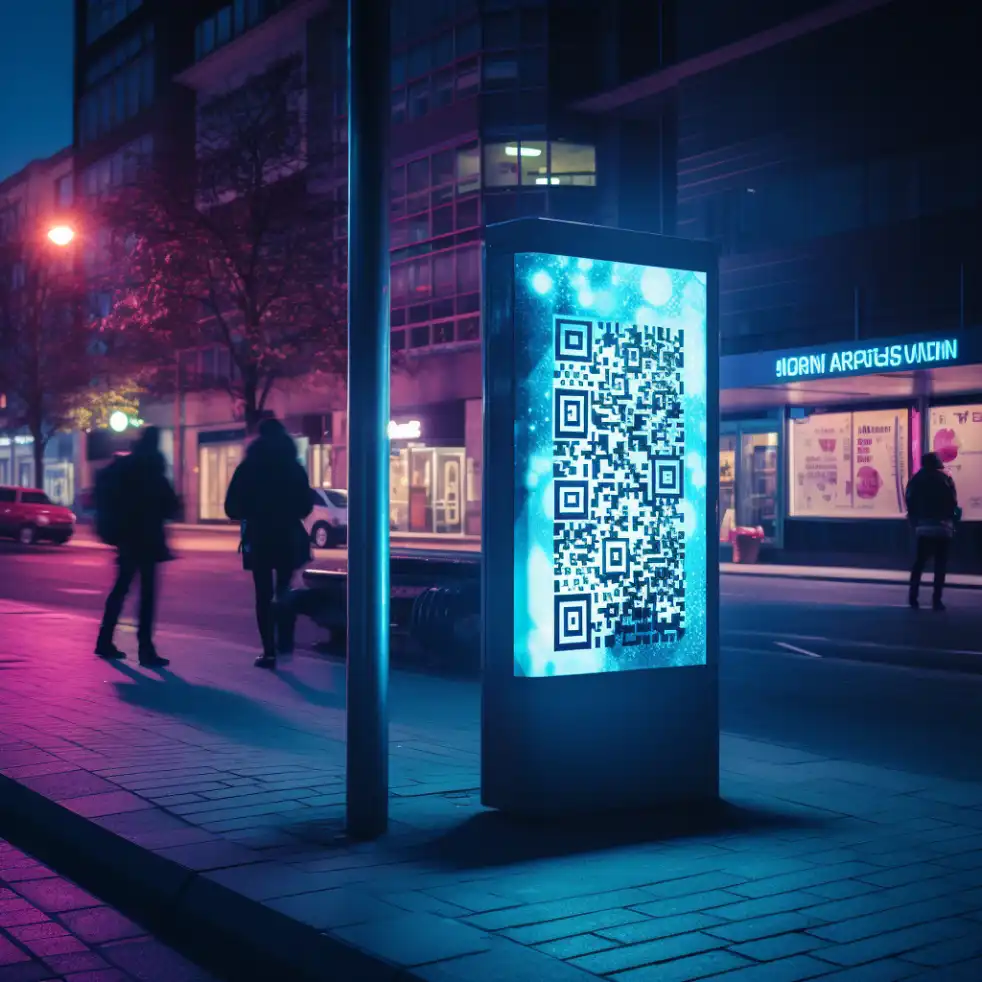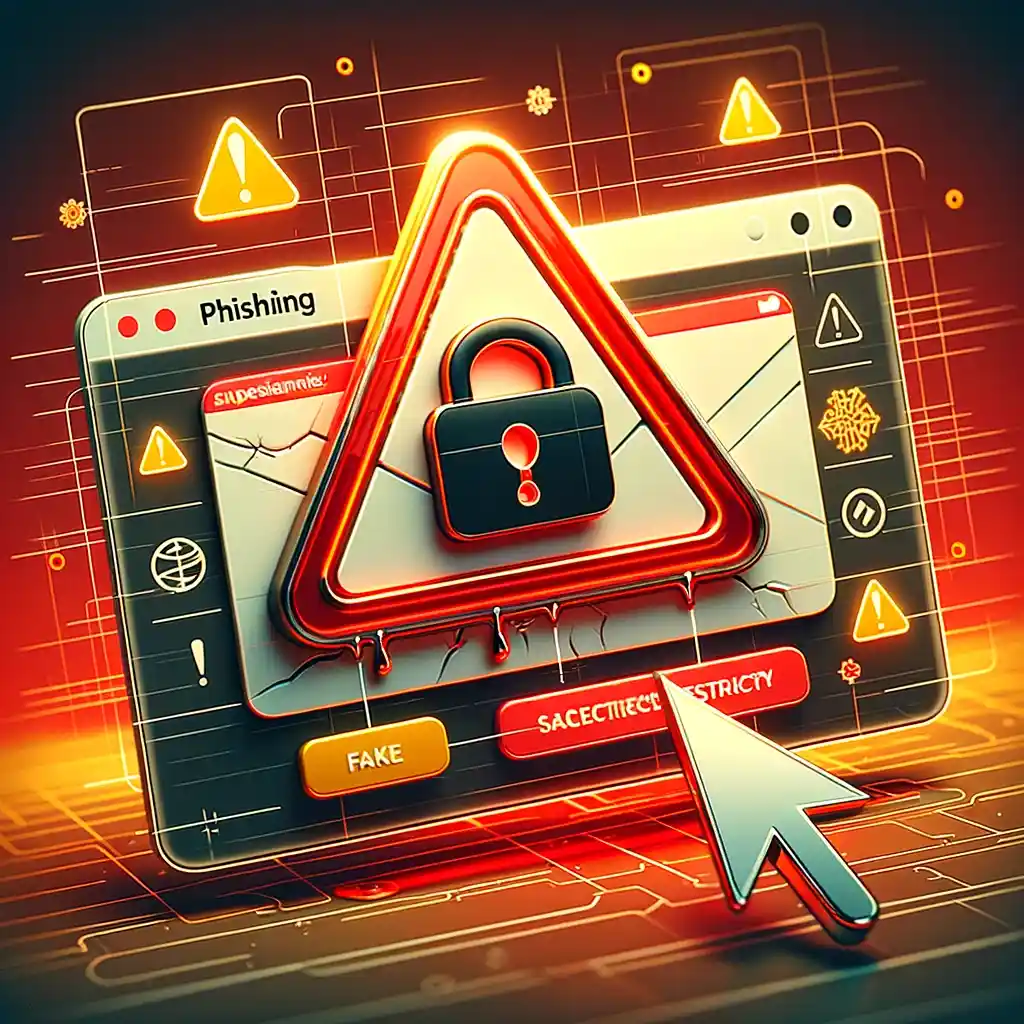QR Code Scams Exposed: How They Work and How to Spot Them
- Irmin Corona
- English
- Read Time5 min

In today’s digital age, scams and frauds have evolved alongside technology, and one method that has become increasingly popular is QR code scams. These deceptive tactics aim to trick unsuspecting individuals into providing personal information, putting them at risk of becoming victims of identity theft or financial fraud. This article dips deep into the details of QR code scams, providing you with the knowledge and tools to identify and protect yourself from falling prey to these scams.
Table of Contents
What Are QR Code Scams?
QR code scams target individuals who unknowingly share personal information with innocent-looking QR codes. Scammers will create counterfeit QR codes and post them around popular public locations like shopping centers, parks, and libraries. When unsuspecting victims scan the fake QR code with their mobile device, it will redirect them to a site where the scammer can obtain their personal information, such as banking passwords or credit card numbers. These deceptive scams are becoming more sophisticated and difficult to spot, so people must stay alert while using technology.
Fraudulent Emails and Messages:
Scammers often send false emails, flyers, letters, or social media messages containing QR codes. These codes may appear legitimate but can lead to fake websites requiring users to enter personal information. It’s important to be cautious when scanning QR codes from unsolicited messages or unknown sources.
Fake QR Codes in Public Places
Another type of QR code scam involves the placement of fake QR codes on physical objects, such as parking meters. These codes may appear to be legitimate payment options. Still, they designed it to capture credit card information from trustworthy people. To avoid this type of scam, verifying the authenticity of QR codes in public places is essential.
Signs of a Scam
- Poorly designed QR codes
- Unusual characters or patterns
- QR codes prompting users to enter sensitive information
- Redirects to suspicious websites
When scanning QR codes, it’s always better to be aware of potential scams. By recognizing the signs of a QR code scam, you can take the necessary steps to protect yourself.

How to Identify a QR Code Scam
It is necessary to be aware of the potential risks associated with digital scams, as they are becoming increasingly prevalent. To safeguard against these threats, you need to know how to identify them. Regarding QR codes, there are several key aspects to keep in mind.
1. Source
It is important to be cautious of unsolicited codes received from unknown senders. Scammers may use them to attract unsuspecting victims into providing personal information or downloading malware. Therefore, it is essential to exercise caution when scanning codes from unknown sources.
2. Content
Legitimate QR codes typically lead to websites or apps that are trustworthy and relevant to the advertised content. However, malicious QR codes may redirect users to fake websites or press them to enter sensitive information. Therefore, examining the code’s destination before scanning it is essential.
3. Design
Legitimate QR codes are usually professionally designed and visually appealing, with clear patterns and high-quality graphics. In contrast, fraudulent QR codes may appear distorted, pixelated, or poorly designed. These visual signals can indicate that the QR code is potentially harmful.
4. Awareness
Awareness of common scam warning signs is vital in recognizing and sidestepping potential risks. In QR codes, being well-informed isn’t just beneficial—it’s your strongest defense against fraud.

How to Protect Yourself From QR Code Scams
The prevalence of scams related to QR codes has been on the rise in recent years, making it essential to be aware of the tactics employed by scammers and take the necessary steps to safeguard personal and financial security. Here are a few simple guidelines to protect yourself from becoming a target of such scams.
Exercise Caution
Verify their legitimacy before scanning QR codes from unknown sources before proceeding. Whether you receive a QR code via email, social media, or any other form of communication, take the time to research the sender and ensure their credibility.
Please refrain from Providing Personal Information
Scammers often bait unsuspecting victims by pressing them to provide sensitive information on fraudulent websites, such as bank account details or credit card numbers. To avoid this trap, refrain from entering personal information through QR code prompts and rely on secure and trusted platforms for such transactions.
Keep Devices Updated
To reduce the risk of vulnerabilities that scammers may exploit, keep your smartphone updated with the latest software updates. Consider installing reputable antivirus software to protect against malicious QR codes.
In sum, staying informed and exercising caution are crucial to safeguarding yourself from QR code scams. Following the guidelines mentioned above, You can protect yourself from scams and keep your data safe in the digital age.
Conclusion
In conclusion, we must be aware of the growing threat of QR code scams and take necessary precautions to safeguard ourselves from such fraudulent activities. By understanding what QR code scams are, recognizing examples of these scams, and being familiar with the common tactics scammers use, we can better protect ourselves.
By staying informed and cautious, we can confidently navigate the digital landscape. Remember, staying knowledgeable is the key to staying safe in today’s digital world.


